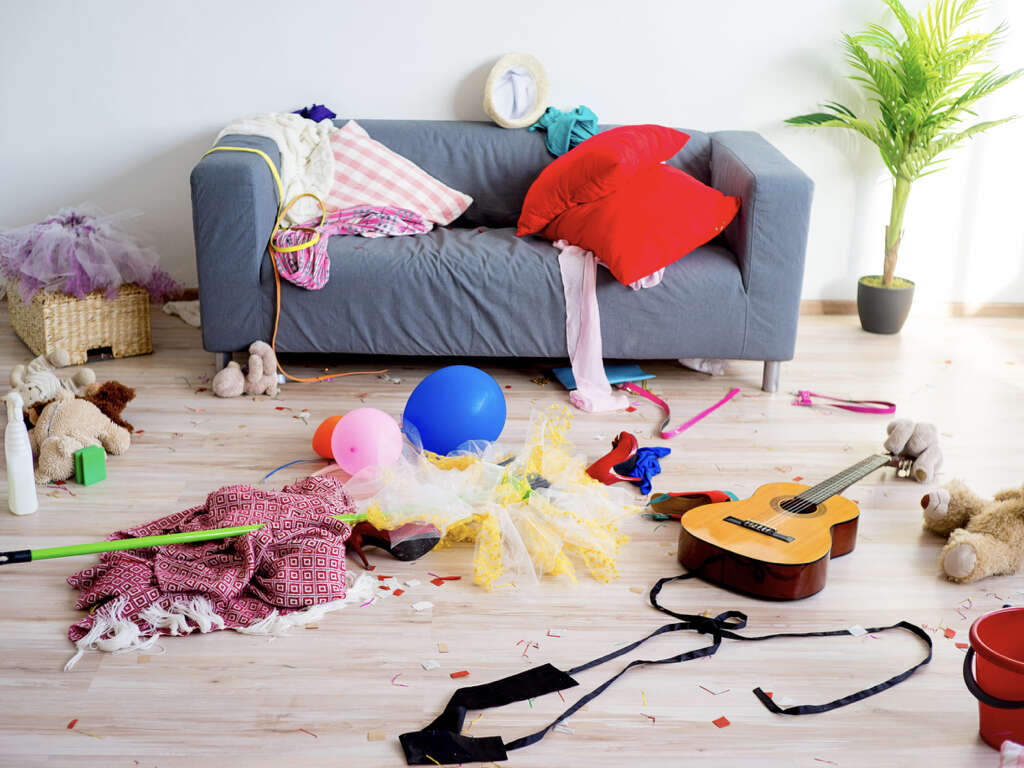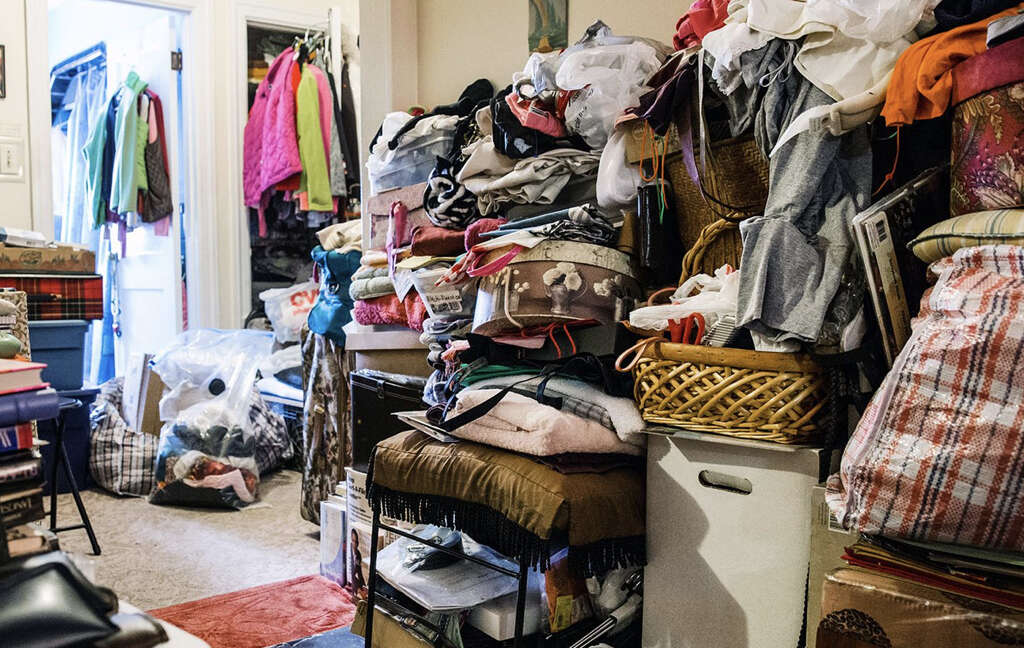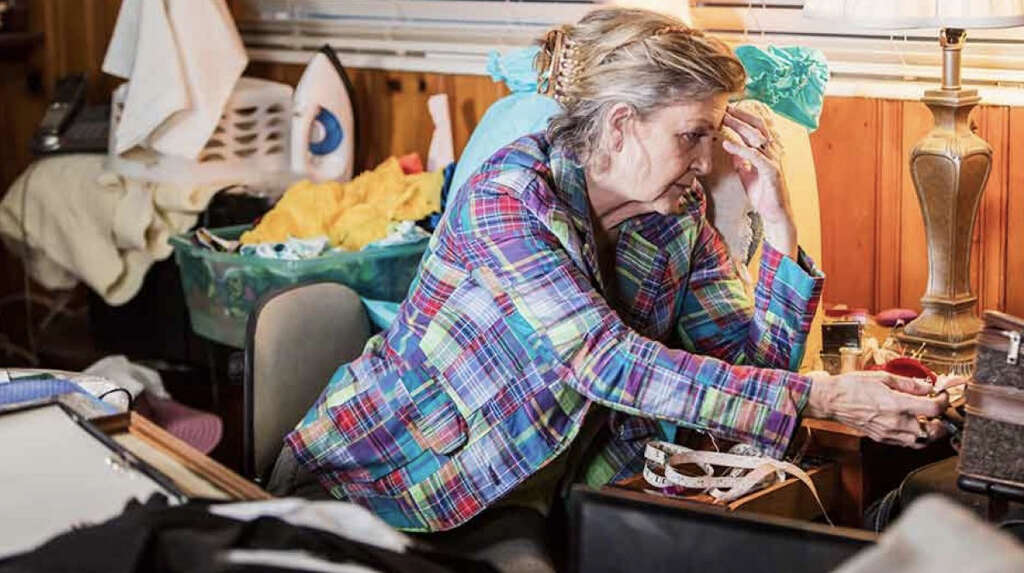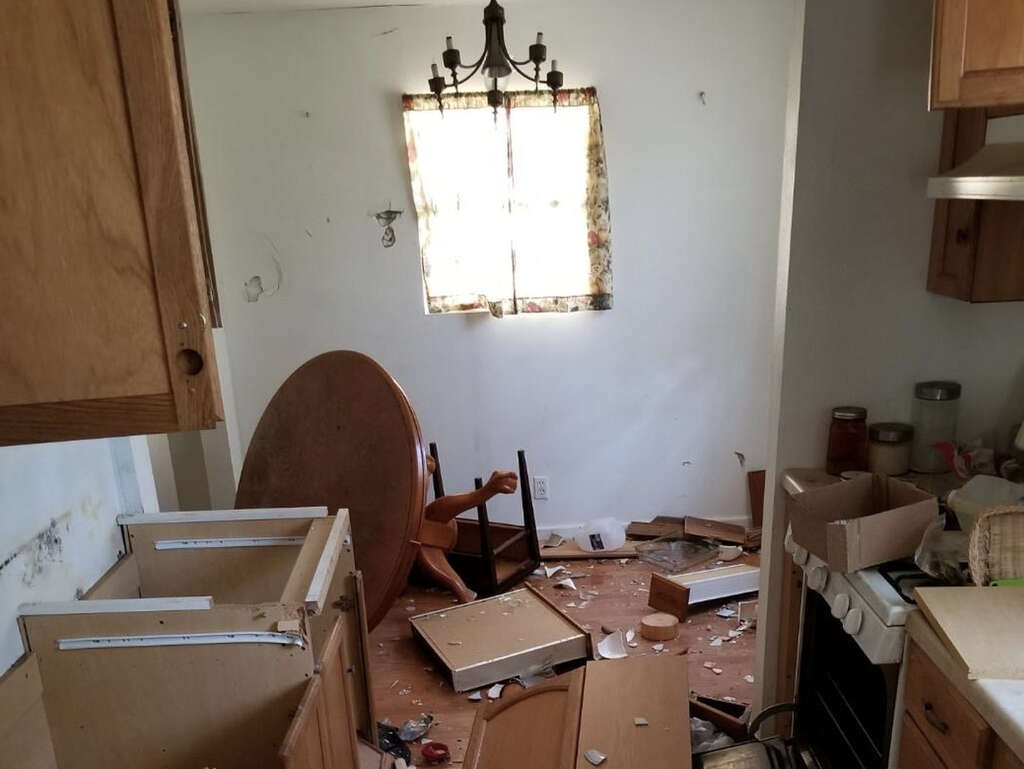What Is Hoarding?
In the consumerist world that we live in, it is normal for us to be continually throwing away the things that we no longer need. This will also sometimes mean the things that we once cherished but have since fallen into disrepair. It can be a little upsetting to see things go sometimes, but this is usually only short-lived.
For some people, however, getting rid of items can become far more difficult. This can include items that are no longer of any use and need to be discarded. The condition can be gradual to begin with but it can progress to the point where it has a severe impact on the patient’s quality of life.

1. Hoarding Disorder
Hoarding is a psychological disorder that causes the patient to experience considerable distress over giving up certain possessions. This will likely mean that the patient will gradually begin to accumulate more and more possessions, and their possessions can grow to the point where the patient’s living quarters become unlivable.
The possessions being kept are not necessarily valuable emotionally, or in monetary terms. But, still, the patient will insist on keeping them regardless. With only a limited amount of space in any home, the patient’s living space will become increasingly cramped as personal possessions take up more room. The patient can end up living in an area that is full of hazards, posing a threat to their health, and even their life.

2. Causes
Hoarding disorder is not at all well understood. It is all but impossible to be sure who will or will not develop the condition, but some people are more prone to the condition than others are. This includes people for whom there is a history of the condition in their family. Having experienced a traumatic event also makes people more prone to hoarding disorder.
People who have experienced some form of brain injury may also develop the condition. The same goes for people who have certain other mental health disorders, including obsessive-compulsive disorder, and depression. It is also possible that some people simply have a personality that makes them predisposed to wanting to take advantage of bargains, which could be a trigger for hoarding.

3. Symptoms
The symptoms of hoarding disorder will often not be noticeable to begin with. However, as the patient begins to accumulate unnecessary possessions, it can become increasingly apparent that there might be a problem. If the patient is living alone, however, then the condition can go unnoticed no matter how serious it might be.
It can also become more apparent that there is a problem when the patient is challenged on their hoarding. They are likely to become distressed at the suggestion that they should let go of anything and can refuse to do so regardless of how much people might try and convince them.

4. Complications
If hoarding syndrome goes untreated for too long then some potentially serious complications might develop. For example, the clutter in the patient’s home can create tripping hazards. There may also be an increased risk of items falling down on top of the patient, potentially trapping them.
So much clutter in a home can also make for some very unsanitary living conditions, while the risk of dangerous fires will also be increased. The patient may also find they are increasingly isolated and lonely. The condition may also affect their performance at work, and relationships can suffer. In some cases, the patient may even be forced to move out from their home if they are considered to be a risk to neighbors.

5. Hoarding Animals
Many of us love animals and would like to have more, but we tend to know we already have enough. People with hoarding disorder may accumulate animals as well as inanimate objects. This has the potential to cause a number of other potentially serious complications.
Animals need care, and a home with animals needs to be kept clean and hygienic. A home with too many animals will likely become unsanitary due to feces, urine, and other matter being left. This increases the chances of both the patient and their animals of becoming ill. The animals may also fall ill and suffer through not being taken care of properly.

6. Hoarding Level 1
Hoarding disorder can be broken down into 5 levels. Level 1, the least severe, is unlikely to go unnoticed in many cases. The home will only likely have light clutter that can be mistaken for simply being a bit messy. There may be some animal waste lying in the home, but the home is unlikely to have unpleasant odors.
Even though the patient’s home may not be showing physical signs of hoarding, the patient will still likely be showing symptoms. This typically means that they will be finding it reluctant to let go of any possessions they don’t need. This will mean their possessions will continue to accumulate, and they can move on to hoarding level 2.

7. Hoarding Level 2
In order for the hoarding level 2 to be declared, certain criteria need to be met. These include cooling or heating systems malfunctioning for at least 6 months, a blocked exit, or an appliance not working for 6 months. There is also likely to be more clutter around the home and garbage cans may be overflowing.
For hoarding level 2 to be declared, there will also need to be some mildew in the kitchen or bathroom, although this can be just a mild amount. There can be pet waste on the floor and in litter boxes, and the home may have a slight unpleasant odor of pets. Kitchen surfaces are likely to be dirty, and pets like reptiles, fish, or birds will be showing signs of neglect.

8. Hoarding Level 3
At hoarding level 3, the signs of hoarding are becoming far more noticeable. The home will have at least 2 appliances that have been broken for 6 months or more, and there may also be clutter outside of the home. There may also be spider webs in the home, while the presence of rodents and fleas may be apparent.
At least one of the rooms is likely to be out of use, and there can be excessive dust in the home. There can be hazardous substances on surfaces and floors, and there may also be dirty clothing and linen lying around. The house is also likely to have some very noticeable unpleasant odors.

9. Hoarding Level 4
For hoarding level 4 to be declared, there will need to be significant mold and mildew throughout the home. There will likely be more animals in the building than should be expected, and decaying fecal matter may be decaying in numerous places. There will also likely be rotten food on surfaces, and there will be no clean cutlery or crockery.
The presence of rodents and other animals can be clearly apparent, and beds can be infested with lice. More than one exit will be blocked, and there may also be flammable substances stored unsafely in living areas. By this stage, the patient may also be showing signs of mental health deterioration, and they may also be neglecting their own hygiene.

10. Hoarding Level 5
For hoarding level 5 to be declared, there will be structural damage to the property. Walls will be broken and there will be no running water or electricity. The home will have at least 4 more pets than the regulations allow, and other animals like rodents will by now be clearly visible.
Other potential signs include human feces and urine being left around the home; sometimes in buckets or bottles. Rotting food will be very noticeable and there is also likely to be rotting food in the refrigerator – which will not be working. The patient may be showing signs of depression at this stage, and they may also not be staying at the property themselves.












